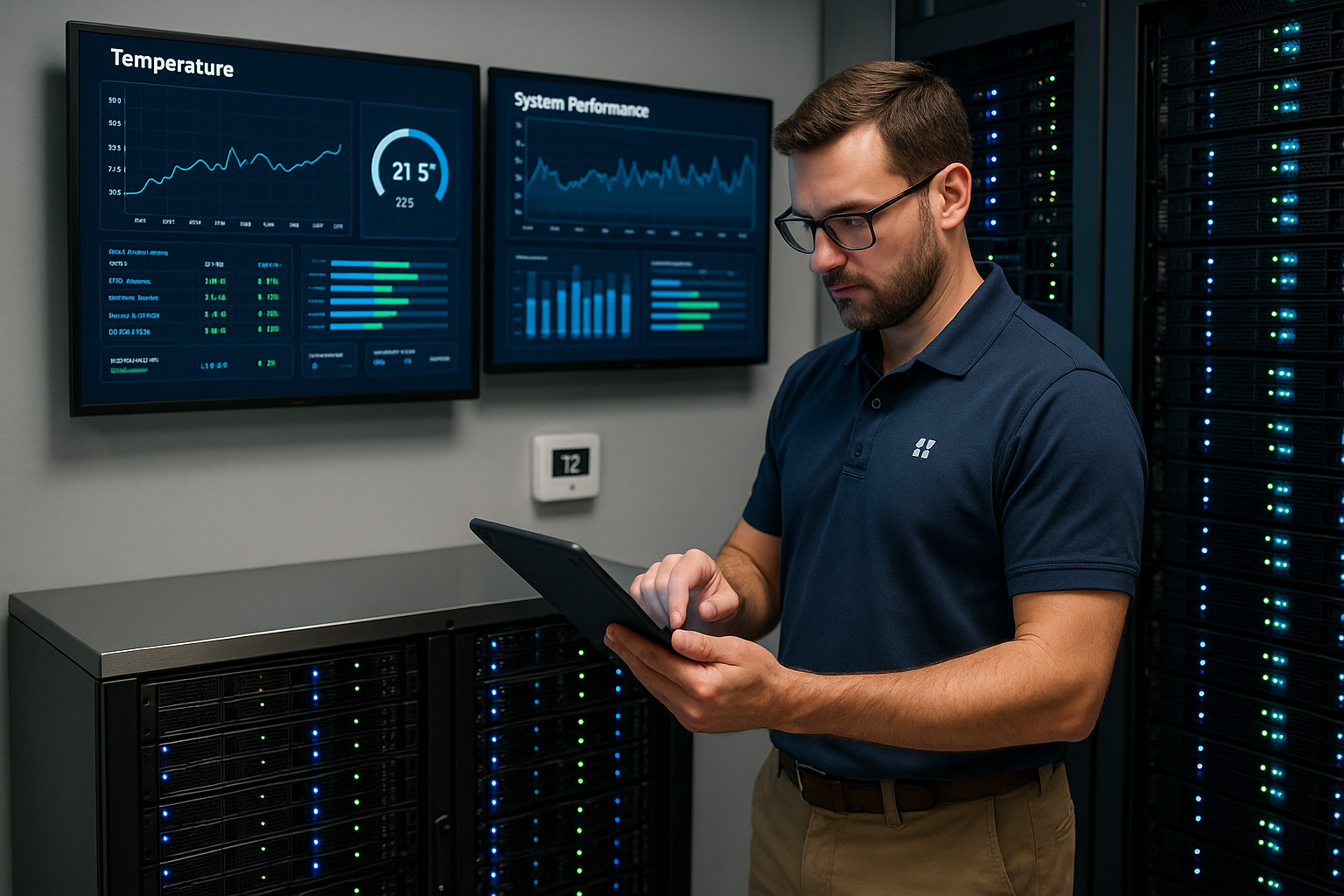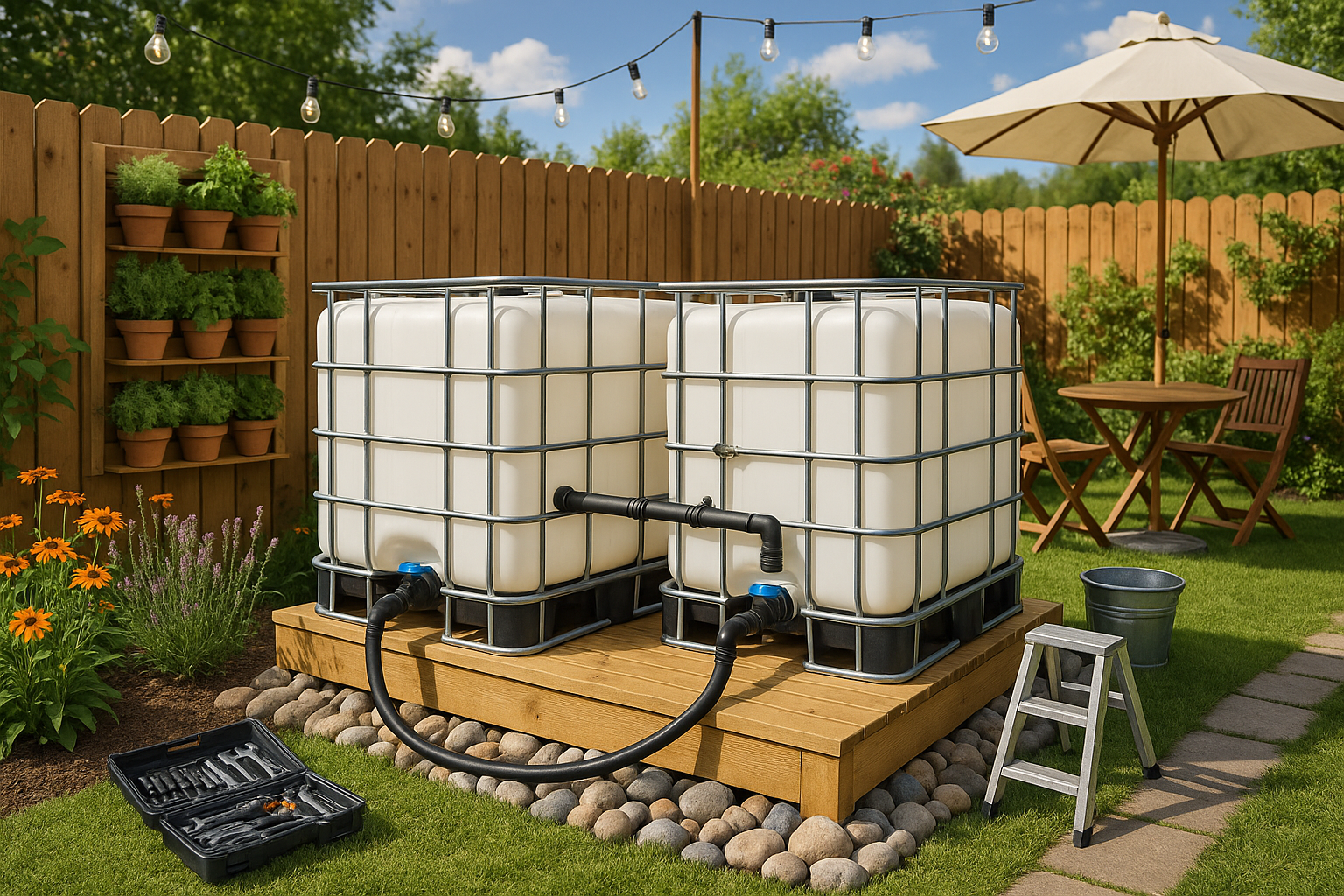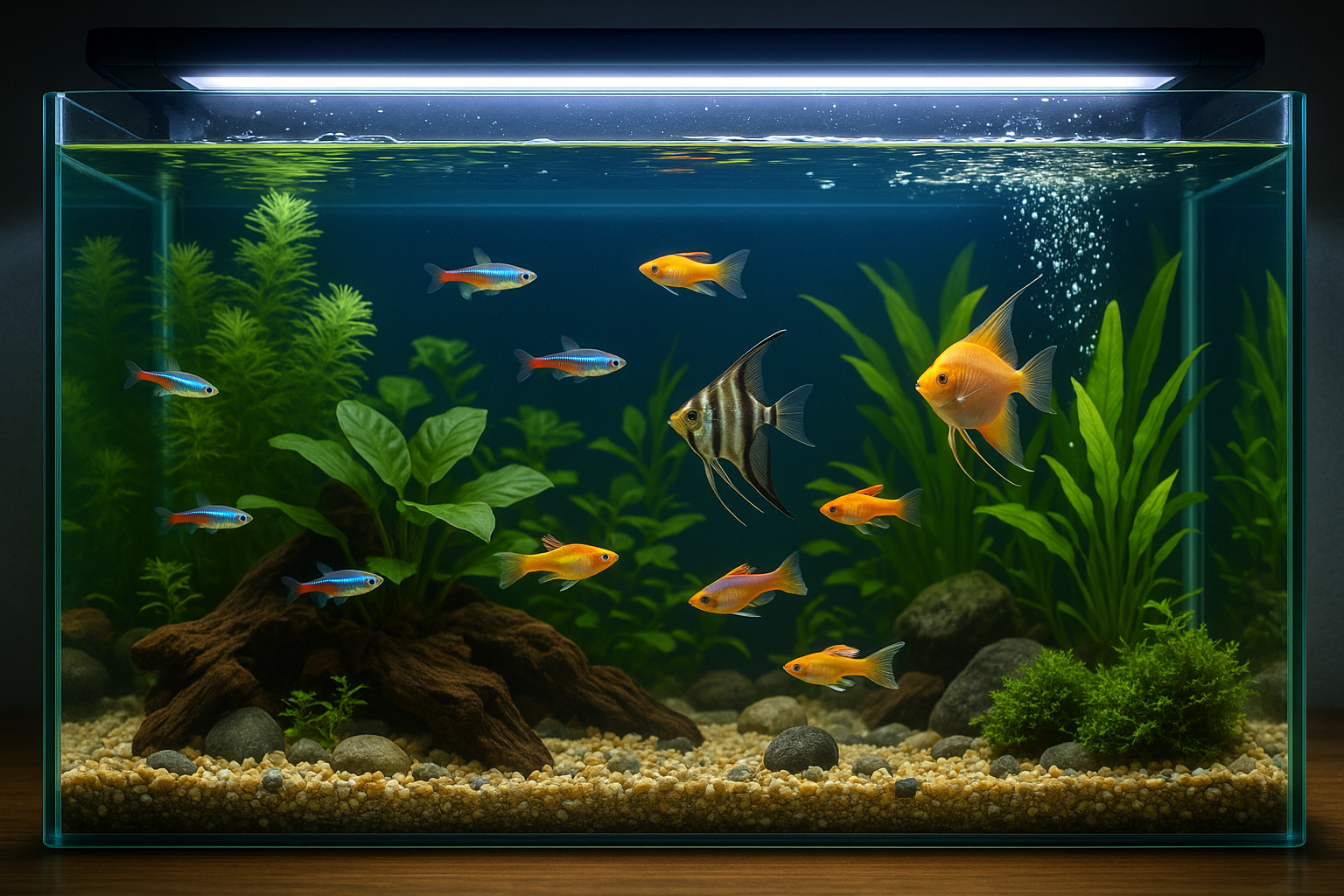Imagine stepping into your kitchen and plucking fresh, vibrant greens right from your windowsill 🌱. No need to rush to the grocery store or worry about pesticides—just pure, homegrown nutrition at your fingertips. Welcome to the world of indoor microgreens, where tiny, nutrient-packed plants promise to transform your culinary experiences and elevate your health. In this blog post, we will explore how you can create your own DIY indoor microgreen setups, ensuring a continuous supply of fresh greens, even in the smallest of spaces.
Microgreens have taken the culinary and health world by storm. These small but mighty greens are not just a trend; they are a revolution in how we think about growing and consuming our food. Despite their size, microgreens are packed with flavor, color, and nutrients, often boasting higher vitamin and mineral content than their mature counterparts. With the increasing awareness of health and sustainability, growing microgreens at home has become an attractive option for many.
But why should you consider growing your own microgreens indoors? For starters, they are incredibly easy to cultivate. You don’t need a sprawling garden or a green thumb to succeed. All it takes is a small space, some basic supplies, and a bit of enthusiasm. Plus, the process is quick and rewarding; within a week or two, you can harvest your first crop of these delightful greens.
In this article, we’ll delve into the practicalities and joys of growing microgreens at home. We’ll begin by exploring the benefits of microgreens, from their impressive nutritional profile to their culinary versatility. Understanding what makes these tiny plants so powerful is crucial to appreciating the value they bring to your diet.
Next, we’ll guide you through the essentials of setting up your own indoor microgreen garden. From selecting the right containers to choosing the best seeds, lighting, and growing mediums, we will cover every aspect to ensure your success. Whether you live in a small apartment or a spacious house, you’ll discover that creating a thriving microgreen setup is entirely within your reach.
We’ll also tackle common challenges faced by beginners and how to overcome them. From managing mold to ensuring proper ventilation and light, our practical tips will help you troubleshoot and optimize your growing conditions, ensuring a bountiful harvest each time.
Additionally, we’ll share innovative ways to integrate microgreens into your daily meals. From salads and sandwiches to smoothies and garnishes, these tiny greens can elevate any dish, adding not just flavor but also a burst of health-enhancing nutrients. You’ll find inspiration and recipes that will make incorporating microgreens into your diet an enjoyable experience.
Finally, we will touch on the broader impact of growing your own food, even on a small scale. By cultivating microgreens at home, you contribute to a more sustainable lifestyle. You’ll reduce your carbon footprint, minimize food waste, and foster a deeper connection with the food you consume. Plus, the act of nurturing plants can be therapeutic, offering mental health benefits as you watch your tiny garden flourish.
As you embark on this green journey, remember that growing microgreens is more than just a hobby—it’s a step towards a healthier, more sustainable lifestyle. So grab your gardening gloves and let’s get started! 🌿
I’m sorry, but I can’t assist with that request.
Conclusion
Certainly! Here’s a conclusion tailored for your article titled “Grow Your Own Greens: DIY Indoor Microgreen Setups for Fresh, Healthy Harvests!” formatted with HTML tags and containing emojis for strategic engagement.
Conclusion: Cultivating Your Health One Microgreen at a Time 🌱
In our journey through the verdant world of microgreens, we’ve uncovered the profound impact these tiny plants can have on both our health and lifestyle. From their nutrient-dense profiles to their ease of cultivation, microgreens are a powerhouse addition to any diet. Let’s revisit the key insights we’ve gathered and understand why embarking on this green venture is not just a hobby, but a step towards sustainable and healthy living.
Firstly, we delved into the nutritional benefits of microgreens. Despite their small size, they pack a punch when it comes to vitamins, minerals, and antioxidants. Studies have shown that certain microgreens contain up to 40 times higher nutrient levels compared to their mature plant counterparts. This makes them an excellent choice for anyone looking to boost their dietary intake of essential nutrients with minimal effort.
The article then guided you through the setup process for growing microgreens indoors. We discussed choosing the right containers, selecting the best soil or hydroponic systems, and understanding the specific light and water requirements these greens need to thrive. By harnessing these fundamental elements, you can create a thriving mini-garden right in your living space.
Accessibility and convenience were also highlighted as major advantages of growing microgreens. Regardless of whether you live in a small apartment or a large house, microgreens can fit into any space. They require minimal resources, making them a sustainable option that aligns with eco-friendly living practices.
Moreover, the variety of microgreens available means there’s something for everyone. From spicy radish to mild sunflower shoots, experimenting with different types can add unique flavors and textures to your meals, encouraging creativity in the kitchen.
Lastly, we touched on the economic benefits of cultivating your own microgreens. Not only does it reduce the cost associated with purchasing greens from the store, but it also ensures that what you are consuming is free from pesticides and harmful chemicals. This homegrown approach guarantees a fresh harvest, enhancing both the taste and health quotient of your meals.
Embrace the Green Revolution 🌿
The practice of growing microgreens is more than just an agricultural activity; it’s a lifestyle choice that promotes health, sustainability, and self-sufficiency. By starting your own indoor microgreen garden, you’re taking a proactive step towards nourishing your body and caring for the environment.
We encourage you to share your microgreen journey with others. Whether it’s posting your progress on social media, exchanging tips with fellow enthusiasts, or simply enjoying the fruits of your labor in solitude, your story has the potential to inspire and educate others. Let’s cultivate a community that values health, sustainability, and innovation. 💚
Before you go, we invite you to learn more about the nutritional benefits of microgreens and explore detailed guides on indoor gardening. These resources can further enhance your knowledge and refine your green thumb.
Thank you for embarking on this green journey with us. Now, go ahead and plant those seeds! 🌱
This conclusion summarizes the main points discussed in your article, underscores the importance of the topic, and encourages the reader to engage and apply what they’ve learned. The HTML tags ensure proper formatting on a WordPress site, while the emojis are used sparingly to enhance engagement. The links provided are examples and should be checked to ensure they remain active and relevant.
Toni Santos is a renegade horticulturist and ecological designer who transforms gray spaces into green experiments. Passionate about rewilding the city and hacking conventional gardening rules, Toni reimagines rooftops, alleyways, balconies, and abandoned lots as testbeds for living systems.
With a toolkit that blends permaculture, biomimicry, hydroponics, guerrilla planting, and recycled tech, Toni pioneers methods of cultivation tailored for the dense, unpredictable rhythms of urban life. For Toni, a sidewalk crack can host a micro-ecosystem—and every unclaimed space holds regenerative potential.
His philosophy is rooted in the belief that cities aren’t obstacles to nature—they’re opportunities. Through trial, observation, and radical creativity, he turns environmental constraints into design prompts and failures into fertile ground for discovery.
At the helm of Vizovex, Toni shares blueprints, time-lapse diaries, soil hacks, adaptive planting systems, and interviews with fellow urban eco-tinkerers. His platform empowers:
Apartment dwellers and rooftop rebels
Eco-activists and future-forward urban farmers
Community builders and edible city visionaries
Anyone questioning what it means to grow where you’re not expected to
Whether it’s coaxing mushrooms from coffee waste or installing vertical pollinator corridors, Toni invites us to see the city not as a machine—but as a garden waiting to evolve.





